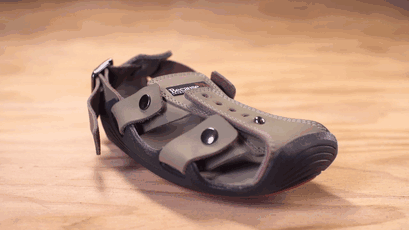This past year saw giant leaps in how we cure cancer, with breakthroughs in treating Alzheimers and preventing Ebola. These technological developments – both big and small – promise better lives in the years to come.
Here are ten of the most positive health and science breakthroughs of 2015.
1. New Cancer Treatments Can Save a President–or a Baby
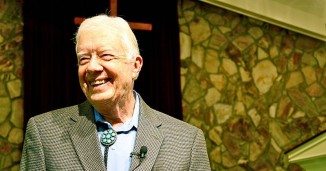
Former U.S. President Jimmy Carter drew attention to new advances in immunotherapy treatments when it cured his brain cancer in just four months.
Here’s how it works: The human immune system doesn’t always see cancer cells, so they can grow unchecked. Immunotherapy changes the equation, strengthening the body’s immune system to include killing cancer. Laboratories all over the world announced breakthroughs this year.
Scientists in the UK were able to inject an altered cold-sore virus into cancer cells, signaling the immune system to attack tumors — and to maintain a “memory” that created new antibodies to kill future cancer cells.
Researchers in Texas used a similar method to cause prostate cancer cells to effectively “self-destruct” by exposing themselves to a newly trained immune system. Coupled with traditional radiation treatment, it led to a 20% improvement in the number of patients surviving at least five years following treatment.
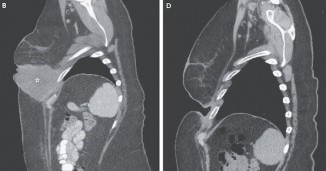
Other treatments opened new fronts in the battle against cancer. Researchers in New York were stunned when a combination of two drugs used together completely dissolved a Stage IV tumor in just three weeks (pictured in the CT Scan at left).
A previously untested form of gene therapy saved a baby’s life after months of cancer treatment failed. Doctors in London transplanted special “designer immune cells” into the one-year-old girl to fight cancer. The untried process cured her leukemia in a matter of months.
2. Ebola Eradicated in Africa–Vaccine Trial Proves 100% Successful
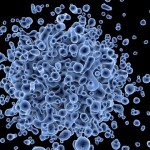
Ebola was eradicated in Liberia by May, in Nigeria in October, and both Sierra Leone and Guinea were declared free of the disease in December.
Human clinical trials that began in 2014 on a variety of potential Ebola vaccines began to bear fruit in 2015. A new vaccine against Ebola was shown to be 100% successful in trials conducted during the outbreak in Guinea.
3. New Antibiotic Could Battle Resistant “Superbugs”

Scientists in Massachusetts used an electronic chip to grow microbes in their native soil, creating a new antibiotic called Teixobactin. Believed to have “evolved to be free of resistance,” it could be used to treat “superbugs” that have grown to become immune to other antibiotics.
4. Breakthrough Can Deliver Medicine to the Brain for the First Time

Doctors in Canada broke the so-called “blood-brain barrier” for the first time. They developed a method for penetrating the protective layer of the brain to allow medicine to be delivered directly to deadly tumors through the blood stream. The breakthrough allows easier and far more effective treatment of cancer, Parkinson’s, and Alzheimers.
5. Discovery Promises New Treatments, Possible Prevention of Alzheimer’s

Australian scientists solved the puzzle of how Alzheimer’s disease destroys connections in the brain. Their discovery of a battle between two proteins opens the door for new treatments and a possible cure or prevention of the most debilitating form of dementia.
6. Diabetes Rates Are Falling Substantially in the U.S.

The Centers for Disease Control and Prevention reported in December the number of new cases of the disease has fallen by nearly 20% in the last seven years,
Americans are drinking 20% less soda than in 1998, the number of people exercising regularly has increased by 17% since 2001, and children are consuming 5.5% fewer calories on average than they did in the 1990s. Another impressive trend: childhood obesity rates have plummeted by more than 40% over the last decade.
7. Ice Bucket Challenge Leads to ALS Breakthrough

A social media craze in 2014, led to a breakthrough for treating–or one day curing–ALS, also known as Lou Gehrig’s Disease.
The “Ice Bucket Challenge,” that urged people to record videos of soaking themselves with freezing water (to simulate ALS symptoms) raised a huge amount of money for research–three times as much money that was spent the previous year.
The extra money paid for long dormant research that allowed Maryland scientists to reverse a key ALS effect in mice.
8. Good News for Iconic Endangered Species
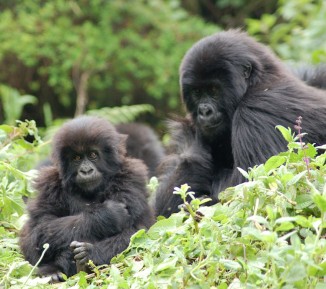
Strong comebacks were reported in 2015 for endangered species like gorillas and whales.
Park rangers in the Democratic Republic of the Congo reported this year the mountain gorilla population there had quadrupled in recent decades to 1,000.
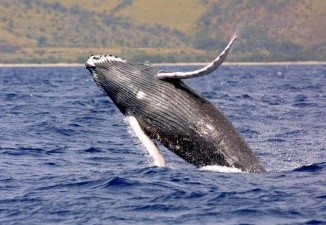
Giant whales leaped off the U.S. Endangered Species List entirely as their numbers rebounded. Humpback whales (pictured, right), on the list since 1973, were delisted in April.
There was also a baby boom going on among a clan of the world’s most endangered killer whales, orca researchers reported this spring. The births increased the population of Southern Resident Killer Whales by three percent.
9. Man Creates ‘Shoes That Grow’ So Poor Kids Don’t Outgrow Them
Practical tech can be more important than high tech inside developing nations.
A shoe that grows with a child’s foot lets underprivileged kids get a leg up on a healthy start.
Kenton Lee designed the shoe after realizing why so many kids he saw in a Kenyan village were barefoot — their parents couldn’t afford new shoes every time a child outgrew a pair. His invention gives them a shoe that protects them from soil-borne disease as they grow.
10. Ex-NASA Engineer to Plant One Billion Trees a Year Using Drones
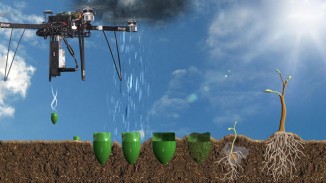
A start-up plans to help solve the world’s climate problems by using drones to plant forests of seedlings.
The environmental engineer who worked 20 years with NASA wants to use drone technology to plant up to one billion trees a year, without having to plant each one by hand. Drones will fly two or three meters above the ground and fire out pods containing pre-germinated seeds that are covered in a nutritious hydrogel.
Make Your Friends’ Top Ten List, Share This… (Top 2015 Photo: ErAnger, CC)





















